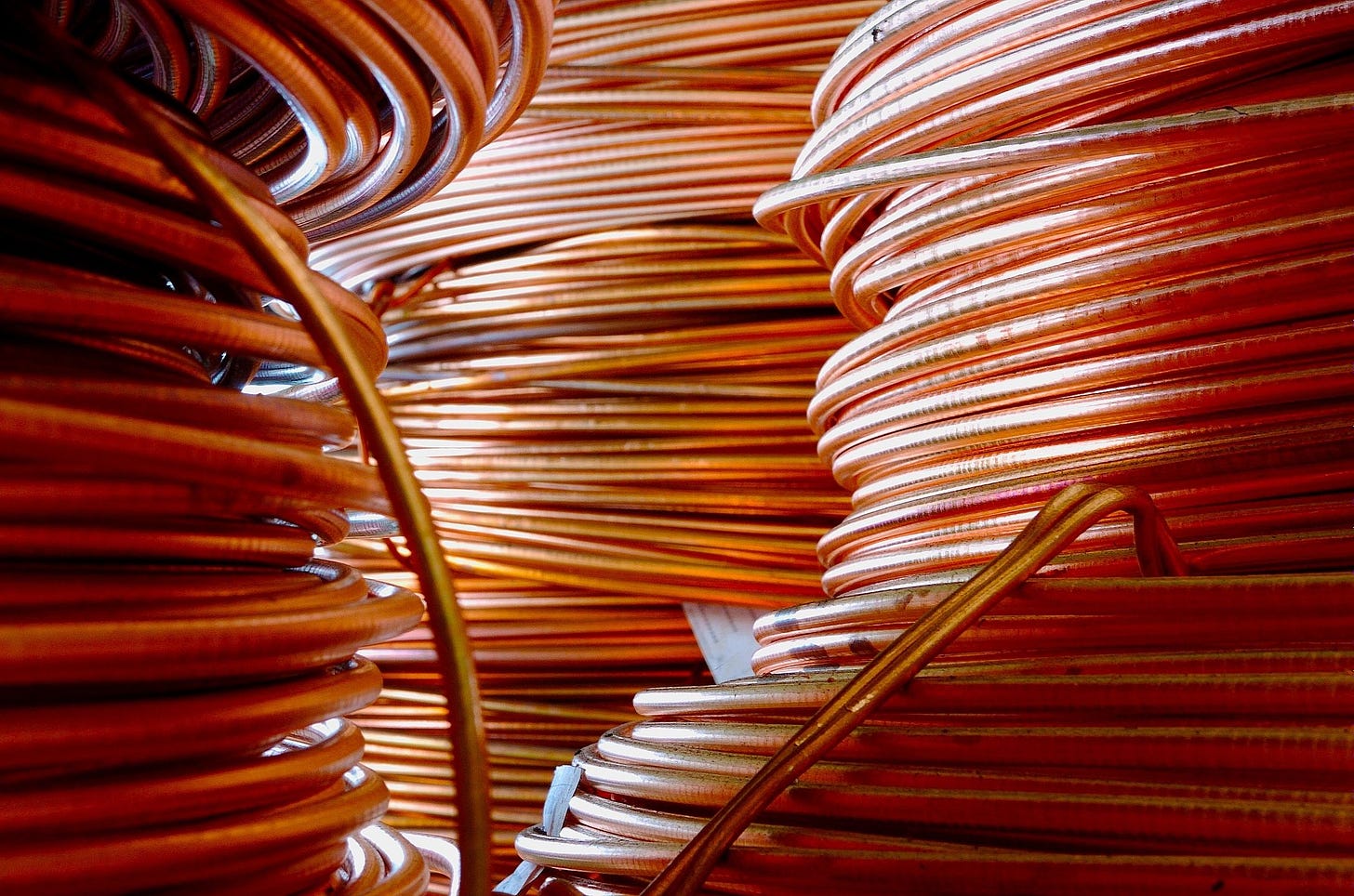ARC Minerals – flash update
Good morning MINING AIM and welcome to Thursday.
ARCM is now getting out of the gate. Please consider the entire investment case here; then come back.
In Botswana, at the Virgo Project within the Central Structural Corridor of the Kalahari Copper Belt, there is now very good news. 1,894 metres have been drilled (1,282m RC and 542m DD), with core samples now being split and prepared to be shipped for assay by ALS in South Africa.
The programme may now extend past the original 3,000m plan, with the assays to be used to assist with vectoring for future plans.
But the most important takeaway is that there is visible copper mineralisation. This is direct evidence of prospectivity, with visible copper almost always associated with higher grades — and this is the KCB we’re talking about.
Specifically, visible copper was also intersected by Khoemacau within the Mawana Fold Discovery, and we all know how that ended. A natural buyer for Virgo is waiting in the wings.
On initial visible copper finds in Botswana and Zambia — Konkola, Nchanga, Kansanshi, Lumwana, Mulfulira, Chibuluma, Khoemacau, Mowana, Banana Zone and Boseto all started out with visible copper in their assays — and here the subset and superset are valuable. Not all visible copper finds in the region become major copper mines, but almost all major copper mines started out with visible copper in their initial assays.
A particular geological feature worth noting is the presence of ‘chalcocite and bornite blebs’ within carbonate veins and disseminations within the Lower Marl and laminated siltstone.
Chalcoite is arguably the most valuable copper mineral — with a copper content of up to 79.8%, it’s also extremely easy to mine. Bornite is also valuable, with 63% copper on average.
Compare these to the other common copper mineral types; chalcopyrite is the most common, and averages just 34.6% copper. Even malachite only notches 57% — and azurite 55%. Pretty much the only ore that can beat chalcoite is cuprite with an 88.8% purity, but this is rarely found in large quantities, and they're usually smaller than chalcoite deposits.
Khoemacau and Banana Zone both enjoy chalcoite mineralisation among other minerals.
The takeaway is that ARCM has not only got visible mineralisation, it's the best mineralisation you could hope for.
On Zambia, while we have heard that ‘drilling is set to commence’ soon before, the contractor as part of the JV with Anglo American is now at long last on site. On this note, it’s important to remember that Anglo are running the operational show in Zambia — and that the JV accounts for many years of exploration to come.
The dry season tends to last until the end of October, but it is also possible for drilling to continue into the wet season, depending on just how wet it gets.
Perhaps more importantly from a long-term perspective, ARCM has enjoyed ‘encouraging and constructive dialogue with the Ministry of Mines in relation to the LML applications which are in the process of being resolved.’
In particular, a letter in confirmation of good standing with respect to our application over 33404-HQ-LML has been received and ARCM is awaiting similar confirmation with respect to 33403-HQ-LML.
I’ve made this point before: Zambia has firmly ensconced its future economic growth in copper — it welcomed Anglo back to the country with a very warm welcome and has no interest in endangering relations.
The bottom line
There will be significant news flow throughout H2, with assays from Botswana and drilling in Zambia followed by assays through the 'quiet' period. This, is my view, is the last chance before the rise.
As ever, not advice.





